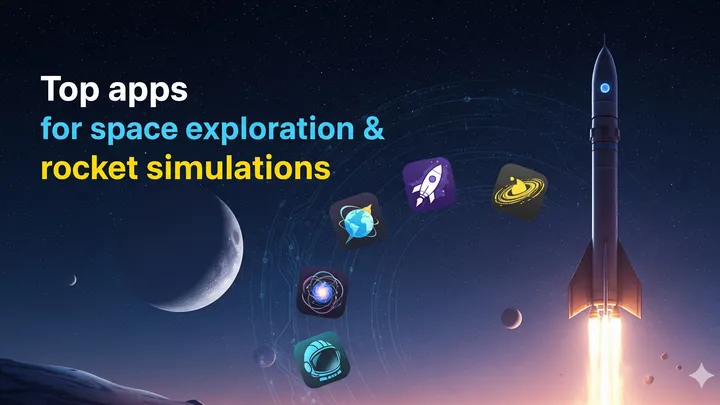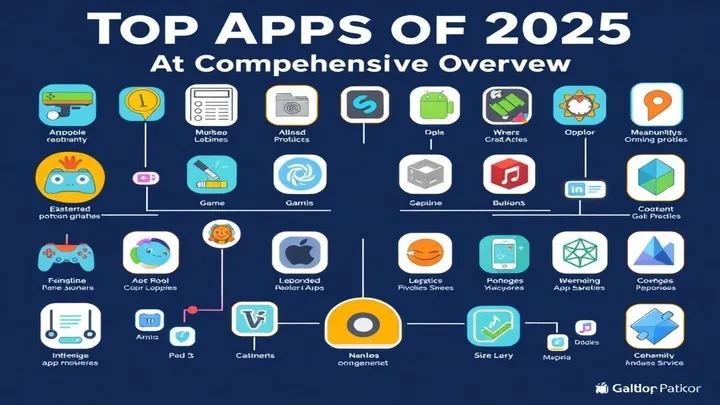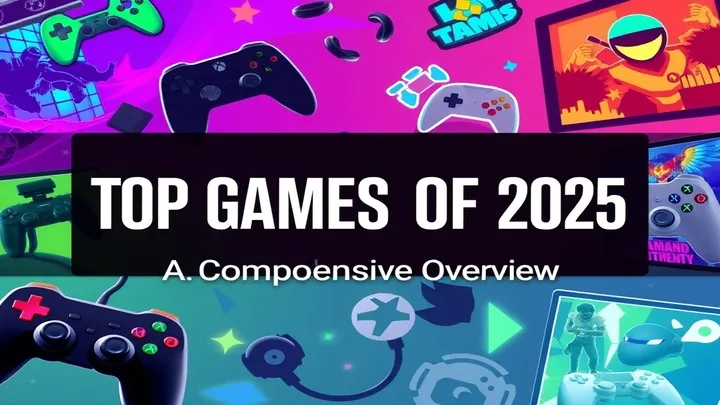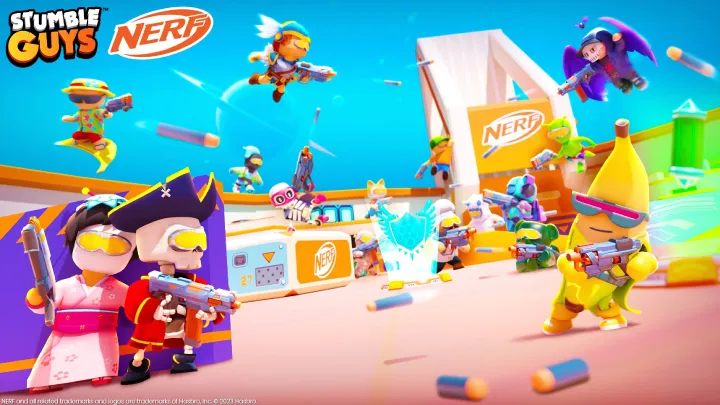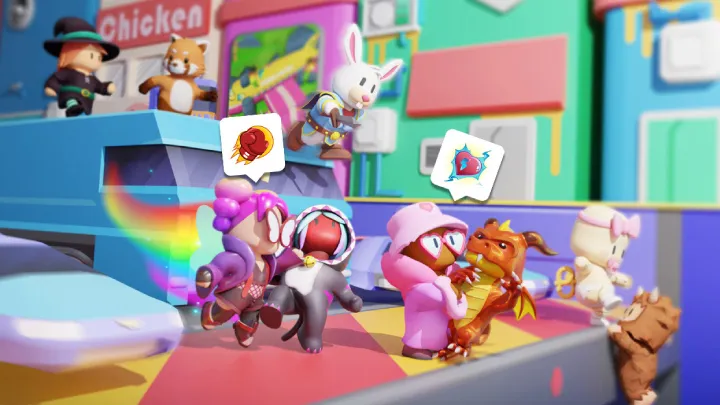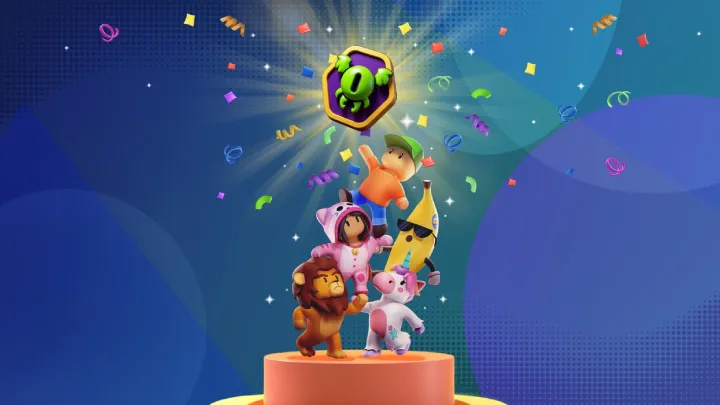Introduction
Valorant, developed by Riot Games, has emerged as a leading tactical first-person shooter (FPS) since its launch in June 2020. Combining precise gunplay with character-based abilities, Valorant requires players to demonstrate strategic thinking, teamwork, and individual skill. This guide aims to provide an in-depth look at how to play Valorant, covering everything from basic mechanics to advanced strategies, ensuring players of all skill levels can improve their gameplay and enjoy the experience to the fullest.
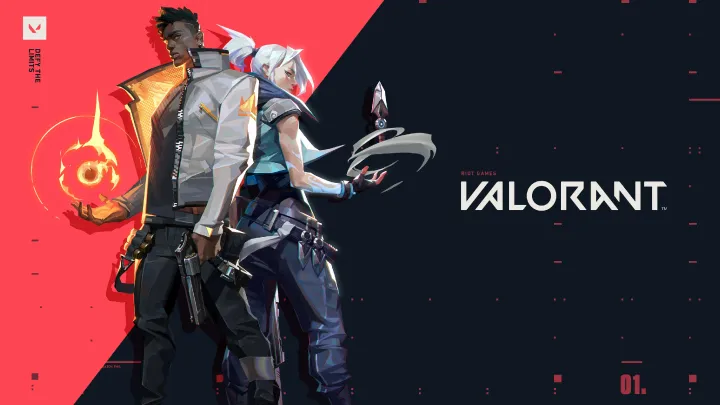
1. Getting Started with Valorant
1.1 Installation and Setup
To start your journey in Valorant, follow these steps:
- Download the Game: Visit the official Valorant website to download the game client. The installation process is user-friendly and straightforward.
- Create a Riot Account: If you don't already have a Riot account, you'll need to create one. This account will track your progress and allow you to access various features of the game.
- System Requirements: Ensure your PC meets the minimum system requirements for optimal gameplay. While Valorant is designed to run on a wide range of hardware, higher-end specifications will enhance your experience.
1.2 Understanding Game Modes
Valorant offers several game modes to cater to different playstyles and preferences:
- Unrated: The standard mode where teams compete to win rounds by either planting the Spike or eliminating the opposing team.
- Spike Rush: A shorter, more casual mode that allows players to experience the game in quicker matches, featuring randomized abilities and weapons.
- Competitive: A ranked mode that lets players test their skills and climb the competitive ladder, earning ranks based on performance.
- Deathmatch: A free-for-all mode focused on individual skill, allowing players to respawn immediately after being eliminated.
2. Core Gameplay Mechanics
2.1 Agents and Their Abilities
At the heart of Valorant are its diverse agents, each equipped with unique abilities that can influence gameplay. Understanding these abilities and how to use them effectively is crucial for success.
2.1.1 Agent Roles
Each agent falls into one of four roles:
- Duelists: Designed for aggressive play and securing kills, Duelists can create space for their team. Examples include Jett and Reyna.
- Initiators: These agents break through enemy defenses, often using abilities to scout enemy positions or disrupt their strategies. Notable initiators include Sova and Breach.
- Controllers: Focused on manipulating the battlefield, Controllers can block sightlines and control areas, providing strategic advantages. Examples include Omen and Viper.
- Sentinels: These agents support the team defensively, providing healing or intelligence. Sentinels like Sage and Killjoy are essential for maintaining map control.
2.2 The Economy System
One of the defining features of Valorant is its economy system. Players earn credits based on their performance in each round, which can be used to purchase weapons and abilities in subsequent rounds.
2.2.1 Earning and Spending Credits
- Credits: Players earn credits for winning rounds, getting kills, and completing objectives such as planting or defusing the Spike. Managing these credits effectively can dictate the team's strategy.
- Buying Phase: At the start of each round, players can purchase weapons, shields, and abilities. Understanding when to buy or save is crucial for maintaining a competitive edge.
2.3 Map Knowledge and Strategies
Understanding the maps is vital for success in Valorant. Each map has unique features that affect gameplay.
2.3.1 Familiarizing Yourself with Maps
Each map has distinct layouts and strategies. Key maps include:
- Bind: Known for its teleporters that allow players to quickly traverse the map, creating unexpected plays.
- Haven: Unique for having three bomb sites, forcing teams to spread their defenses and providing attackers with various options.
- Split: Features verticality and tight corridors, emphasizing the importance of map control and ability usage.
2.3.2 Learning Callouts
Familiarizing yourself with map-specific callouts is essential for effective communication with teammates. Using precise terms for locations helps coordinate strategies and improve teamwork.
3. Teamwork and Communication
3.1 Importance of Team Communication
Effective communication is crucial in Valorant. Use voice chat or text chat to share information about enemy locations, strategies, and plans.
3.1.1 Callouts and Pings
- Use specific callouts for locations to quickly convey information to your team.
- Utilize the ping system to mark enemy positions or suggest strategies without using voice chat.
3.2 Playing as a Team
Valorant is a team-based game, and playing solo will often lead to defeat. Here are some tips for effective teamwork:
- Stick Together: Avoid wandering off alone. Stick with your team to provide support and increase your chances of winning engagements.
- Utilize Abilities: Coordinate the use of abilities with your teammates. For example, an Initiator can use their abilities to create openings for Duelists to secure kills.
4. Mastering Advanced Techniques
4.1 Crosshair Placement
Proper crosshair placement can significantly improve your aim. Keep your crosshair at head level and aimed at common angles where enemies might appear. This reduces the amount of adjustment needed when an enemy appears, increasing your chances of landing shots.
4.2 Movement Techniques
- Strafing: Move side to side while shooting to make yourself a harder target. Combine this with crouching for added unpredictability.
- Counter-strafing: Learn to stop your movement before shooting. This technique allows you to shoot accurately while still being mobile.
4.3 Utility Usage
Understanding how to use utility effectively can turn the tide of a match. Here are a few tips:
- Smoke Placement: Use smokes to block enemy sightlines, allowing your team to push or plant the Spike safely.
- Flashes: Use flashbangs to blind enemies before entering a site, gaining the element of surprise.
5. Improving Your Skills
5.1 Practice Regularly
Regular practice is essential for honing your skills in Valorant. Utilize the shooting range to improve your aim and mechanics. Spend time practicing your crosshair placement, movement, and shooting techniques.
5.2 Watching Professional Players
Learning from professional players can provide valuable insights. Watch tournaments or streams to understand advanced strategies, positioning, and decision-making.
5.3 Analyzing Your Gameplay
Record and review your gameplay to identify areas for improvement. Look for mistakes in positioning, aim, or decision-making, and work on those aspects in future matches.
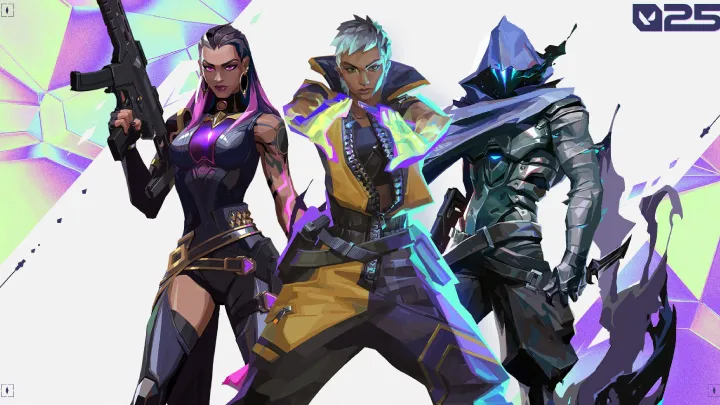
6. Community and Resources
6.1 Joining Communities
Engage with the Valorant community through forums, Discord servers, and social media. Connecting with other players can provide tips, strategies, and support.
6.2 Utilizing Online Resources
There are numerous online resources available to help you improve, including guides, tutorials, and videos. Websites like YouTube and Twitch are great places to find content from experienced players.
Conclusion
Mastering Valorant requires dedication, practice, and a willingness to learn. By understanding the mechanics, mastering agent abilities, and developing effective communication with your team, you can significantly improve your gameplay.
Whether you are a newcomer or a seasoned player, continuous learning and practice will enhance your experience in Valorant. As you dive deeper into the game, remember that the journey of improvement is just as important as the victories you achieve. Embrace the challenge, enjoy the process, and best of luck on your quest to become a Valorant champion!









